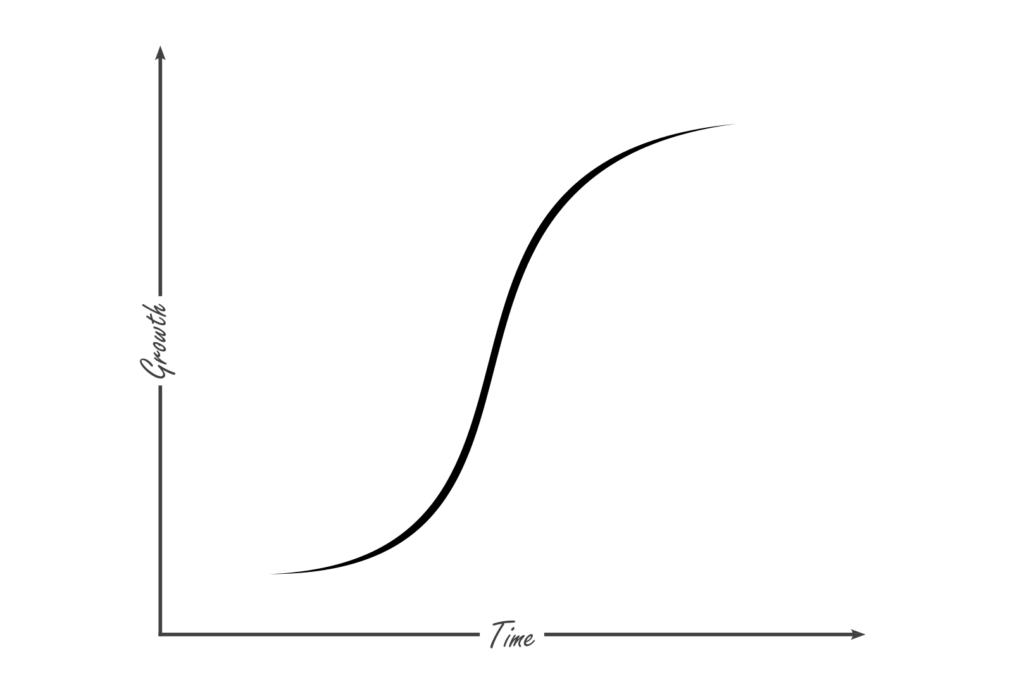Value Management: Ecosystem & Lifecycle Positioning
To fully understand the context of the situation within which Value Management is being adopted, there are two “methods” of “triangulation” that we use:
- Ecosystem models, which help map and interpret the relationships with other organisations and initiatives, i.e. what external considerations come into play.
- Lifecycle models, which indicate the developmental stage and “maturity”, i.e. where things have already been and where they need to head next.
Taken together, these models give a rich and dynamic perspective on the context, motivations, constraints and opportunities involved, indicating and shaping which Value Management tools and processes will be most appropriate and effective – the Value Journeys to embark on.
Indeed, the journey metaphor – informed by these models – captures the essence of the evolution, interconnectedness, and dynamic progression of today’s Complex business landscapes.
Ecosystem models
Ecosystem models in business owe a huge debt to James F. Moore and his seminal 1996 book, The Death of Competition.
The fundamental premise of such models is that organisations co-exist within a Complex network of customers, suppliers, partners, competitors, etc, that cuts across vertical industry divisions:
- Some organisations may take a lead in defining and nurturing an Ecosystem, but all organisations involved are interdependent: their success is intertwined, and value is shared between them.
- The relationships between the organisations constantly change, responding to internal changes within each organisation and to changing conditions affecting the whole Ecosystem.
- The roles of competition and cooperation are often not clearly delineated – hence the term “coopetition” – and a healthy Ecosystem is continuously innovating and adapting to maintain relevance and competitive advantage.
A key to success for any organisation is therefore to understand where it fits within the Ecosystem and that will in turn influence its capacity to adopt and understand the different perceptual positions within that ecosystem:
- Its own position: its own collective experiences, insights, goals, challenges and experiences.
- The perspective of other organisations within the ecosystem, whether to facilitate cooperation or understand competition.
- An objective position that neutrally observes and analyses interactions and dynamics between ecosystem members, to understand and evaluate them.
- An holistic overview that synthesises all perceptual positions, offering a broad understanding of the interplay within the entire ecosystem, with a view to strategic planning, improving understanding and achieving alignment.
Key in understanding all of these perceptual positions is understanding how the organisation’s role may need to change during its own Lifecycle and in the Lifecycle of the Ecosystem.
Lifecycle models

Whilst not all products, technologies, markets or Ecosystems will follow this exact path – disruptive innovations, external shocks or policy changes can distort it – most Lifecycles can be illustrated with an S-curve:
- An initial introduction with slow growth.
- A growth phase, which is often rapid.
- Maturity, where growth slows.
- Decline, where renewal or reinvention is needed.
Understanding the current Lifecycle position is essential in remaining competitive:
- Identifying and targeting the Transaction Costs most typical of that phase.
- Managing the risks associated with each phase.
- Anticipating, preparing for and making a smooth transition to the next phase.
When combined with an Ecosystem understanding, the picture becomes even richer:
- All of the organisations in the Ecosystem have their own Lifecycle position: some might be startups; others might be in a growth phase; others might be established, mature companies.
- Any one organisation’s Lifecycle stage might impact and be impacted by the others’, innovations or struggles in one organisation can ripple through the Ecosystem, driving change.
- The Ecosystem as a whole has a Lifecycle, which will affect the roles and prominence of different organisations within it, including entry to – and exit from – that Ecosystem.
Most of all, Diagnostics can be deployed to greater effect:
- They can be framed according to the appropriate Perceptual Position – e.g. for a startup in a new Ecosystem, the perspective is likely purely internal, whereas in a relatively mature Ecosystem, it becomes more possible to consider the entire Ecosystem.
- Diagnostic reports can not only reflect the Perceptual Position adopted, but also start to indicate the “next” ones, to gradually widen focus and understanding.
Articles related to Ecosystems & Lifecycles:
Relationships: The Will May Be There… But The Way Isn’t
In our latest webinar on the Things That Matter, polls demonstrated that the will to understand partners may be there, but the way isn’t. Well-intended personal contact tries and fails to plug that gap, with negative and challenging experiences continuing to dominate relationships. This isn’t…
Why “Things That Matter” really do matter: Part 1: What They Are
It seems obvious what “Things That Matter” means, and even more obvious that they’re what everything we do should be centered on. So, what do we add that people aren’t already doing?…
Transaction Costs: the Template for all Lifecycles
What if there was a consistent underlying pattern in all Lifecycles that could be used to understand and navigate each Lifecycle better, whilst also achieving synergy between them? There is, and it’s called Transaction Costs….
Great Expectations: What Happens When Reality Bites?
At best, just over a third of initiatives end up truly succeeding, and even this is probably over-optimistic; the rest only achieve marginal gains or fail altogether. This all follows a consistent pattern – the Expectations Curve – and it helps identify the pitfalls to…
Perceptual Positions
Understanding the different perspectives from which to view a situation – and how to use them – is an extremely powerful way to gain insights and understanding. Here, we explain what these Perceptual Positions are and how to use them….






